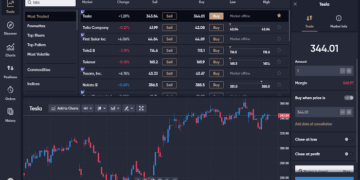Track competitors’ pricing is a critical practice for businesses aiming to stay competitive and profitable. By monitoring competitors’ prices, you can adjust your strategy to attract customers and optimize margins. This guide covers effective methods, tools, and tips for tracking competitors’ pricing.
Why Track Competitors’ Pricing?
Tracking competitors’ pricing provides insights into market trends, helping you set prices that balance competitiveness and profitability. It also reveals opportunities to differentiate your offerings.
Benefits of Tracking Competitors’ Pricing
Informed Pricing Decisions
Real-time data ensures your prices remain competitive without sacrificing margins.
Market Awareness
Understand competitors’ strategies, such as discounts or bundles, to adjust your approach.
Customer Retention
Competitive prices keep customers loyal, reducing churn and boosting sales.
Methods for Tracking Competitors’ Pricing
Manual Tracking
Manually check competitors’ websites or marketplaces. This works for small-scale operations but is time-intensive.
Automated Software
Tools like Prisync or Pricefy automate price tracking, offering real-time updates and analytics.
Third-Party Services
Hire pricing specialists or agencies to monitor and analyze competitor data for complex markets.
Best Tools for Price Tracking
Key Features
Choose tools with real-time monitoring, customizable alerts, and integration capabilities.
Top Tools
Price2Spy, Competera, and Wiser are popular choices for businesses of all sizes.
Challenges and Solutions
Data Overwhelm
Focus on key competitors and products to streamline analysis.
Dynamic Markets
Use real-time tools to stay agile in fast-changing markets.
Ethical Considerations
Ensure tracking complies with legal standards to avoid penalties.
Conclusion
Tracking competitors’ pricing is essential for staying competitive and profitable. By leveraging automated tools and strategic analysis, you can optimize your pricing strategy. Start tracking today to drive business success.














